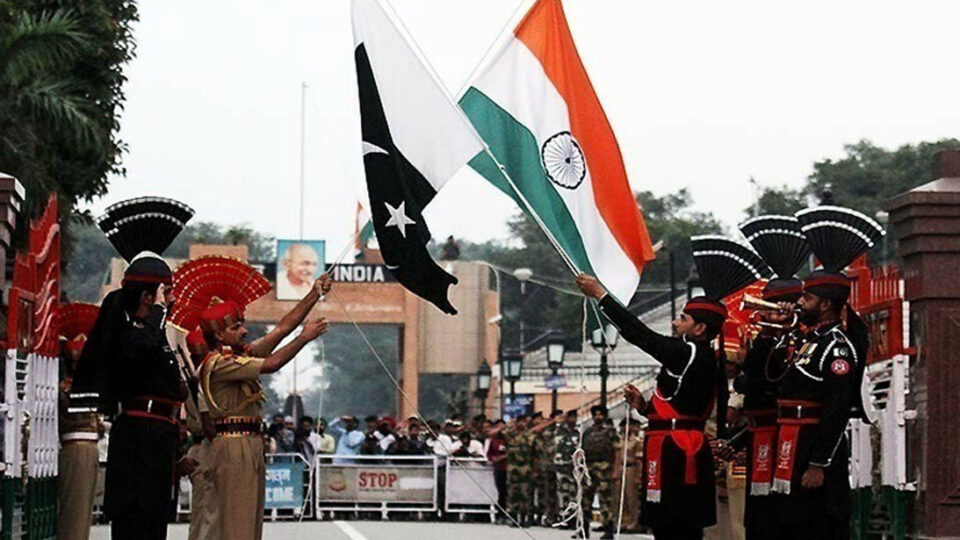(Sports Correspondent: Imran Sohail)
India-Pakistan Relations: Can Backchannel Diplomacy Ease Decades of Tension?
The relationship between India and Pakistan has swung between moments of hope and long periods of hostility since their independence in 1947. While the two nations share history, culture, and geographical proximity, unresolved disputes from the time of partition have shaped a rivalry that is deeply embedded in their political, military, and media narratives.
In the early years after independence, there was more willingness on both sides to seek cooperation. Between 1947 and 1957, the two countries signed several landmark agreements — including those on air travel, banking, and minority rights — aimed at boosting connectivity, trade, and mutual understanding. The Nehru-Liaquat Agreement of 1950 was particularly significant in protecting minority rights and easing tensions.
From the 1960s to the late 1970s, despite conflicts such as the 1965 and 1971 wars, agreements like the Indus Waters Treaty and trade pacts were signed to repair relations. Democratic governments in Pakistan, especially during the 1970s and 1990s, saw more diplomatic activity, including the historic Lahore Declaration of 1999.
Missed Opportunities for Peace
Two key moments stand out as missed chances for a major breakthrough. In 1999, Indian Prime Minister Atal Bihari Vajpayee visited Lahore in a landmark peace gesture, but the Kargil conflict soon derailed progress. In 2015, Prime Minister Narendra Modi made a surprise visit to Lahore, signaling openness to dialogue, but the Pathankot attack in early 2016 abruptly halted the process.
Growing Hostility in the 21st Century
Since 2000, relations have steadily worsened. The suspension of trade, increased border clashes, and the revocation of Jammu and Kashmir’s special status in 2019 have all but frozen diplomatic engagement. Both sides have also adopted more assertive military doctrines, further reducing space for dialogue.
The “Modi Doctrine”, announced in 2025, emphasizes strong retaliation to any perceived threats, while Pakistan has shifted towards a more aggressive defensive posture. This strategic competition has led to increased arms purchases and military modernization on both sides.
The Way Forward: Stability Before Peace
While a major peace breakthrough seems unlikely in the immediate future, experts suggest that smaller steps could help lower tensions. These could include restoring visa services for medical patients and family reunions, reviving backchannel diplomacy, and encouraging civil society dialogue.
Past successes, such as the 2021 agreement to uphold the 2003 Line of Control ceasefire, show that discreet diplomacy can yield results. Reviving regional forums like SAARC and creating a joint counterterrorism framework could also help build trust.
Ultimately, the challenge for both Islamabad and New Delhi is to prevent further deterioration in relations. Even if full peace remains distant, incremental measures could help bring much-needed stability to South Asia.

